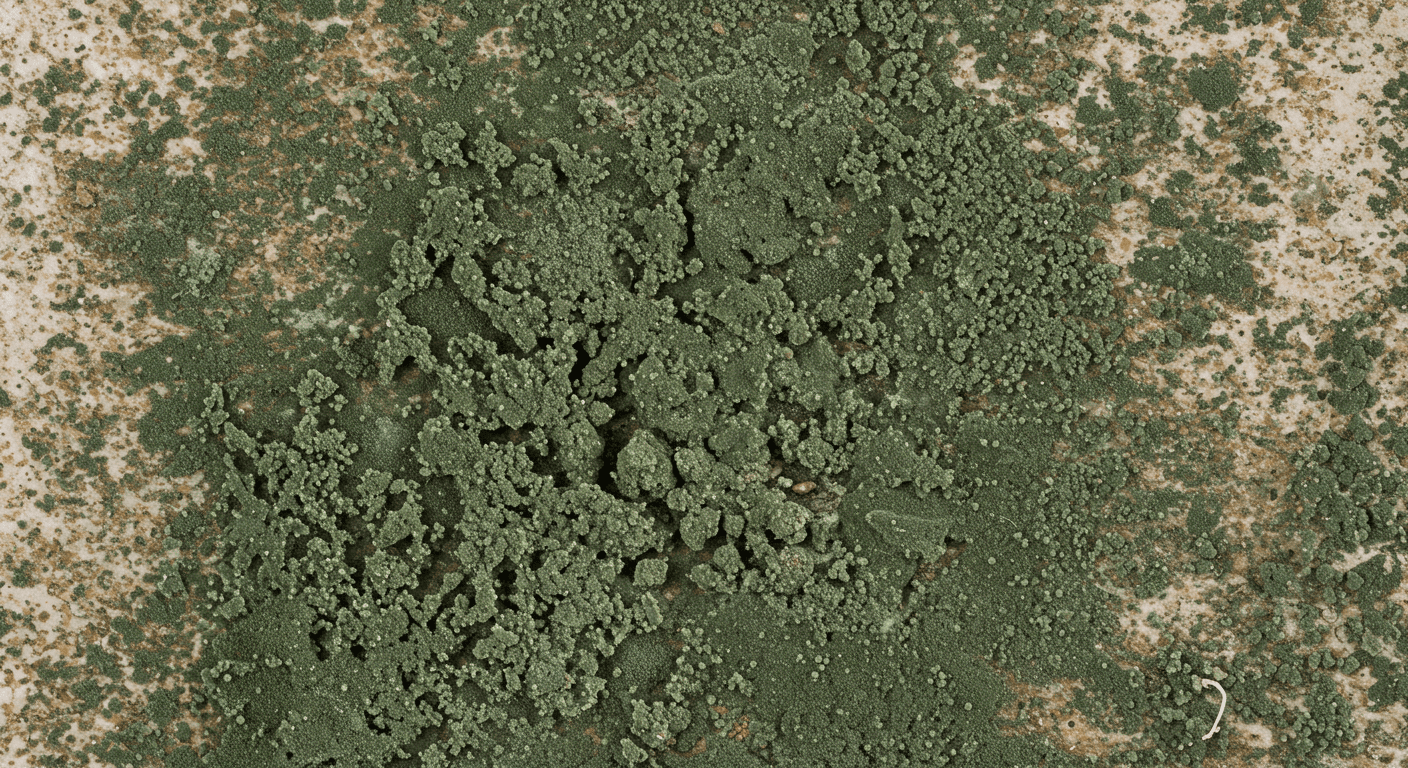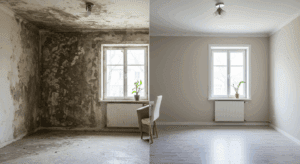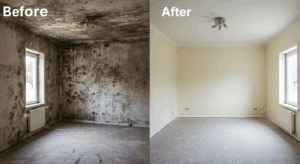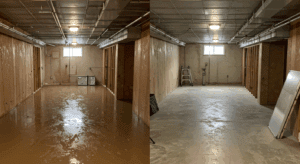Mold is a common household issue that can lead to significant health and structural problems if left unchecked. Understanding why mold grows, its potential health risks, and how to prevent and remediate it is essential for maintaining a safe and healthy living environment. This article delves into the causes of mold growth, its health implications, and practical strategies for prevention and cleanup.
What is Mold and Why Does it Grow?
Mold is a type of fungus that thrives in damp, warm, and humid conditions. It reproduces through tiny spores that travel through the air and settle on surfaces, where they begin to grow if the environment is conducive. Common types of mold found in homes include black mold, green mold, and white mold, each with unique characteristics.
For mold to grow, it requires three primary conditions: moisture, a food source (like wood, drywall, or fabric), and a suitable temperature. Leaky pipes, poor ventilation, and high humidity levels are some of the most common culprits that create the perfect environment for mold to flourish. Understanding these factors is the first step in combating mold growth.
Health Risks Associated with Mold Exposure
Exposure to mold can have serious health implications, particularly for individuals with respiratory conditions, allergies, or weakened immune systems. Mold releases spores and mycotoxins into the air, which can cause a range of symptoms, including sneezing, coughing, skin irritation, and even asthma attacks.
Certain populations, such as children, the elderly, and those with pre-existing health conditions, are more vulnerable to the effects of mold exposure. Prolonged exposure can lead to chronic respiratory issues and other long-term health problems. Recognizing the signs of mold exposure early and addressing the issue promptly is crucial for safeguarding your health.
For more detailed insights on identifying mold in your home, check out 11 Warning Signs of Mold in Your San Antonio Home: Don’t Ignore These Red Flags!.
Preventing Mold Growth in Your Home
Prevention is the most effective way to deal with mold. By controlling moisture and maintaining a clean, well-ventilated home, you can significantly reduce the risk of mold growth. Here are some key strategies:
- Control Humidity Levels: Keep indoor humidity below 60% using dehumidifiers or air conditioners.
- Ensure Proper Ventilation: Use exhaust fans in bathrooms, kitchens, and laundry rooms to reduce moisture levels.
- Fix Leaks Promptly: Repair any leaks in roofs, walls, or plumbing to prevent water accumulation.
- Regular Inspections: Check areas prone to dampness, such as basements and attics, for signs of mold or moisture.
Implementing these measures can help create an environment that is less hospitable to mold, ensuring your home remains safe and healthy.
Effective Mold Cleanup and Remediation Techniques
If mold has already taken hold in your home, it’s essential to address the issue promptly and effectively. Mold cleanup can range from simple DIY methods to professional remediation, depending on the severity of the infestation.
DIY Mold Cleanup
For small areas of mold, you can use household cleaning solutions like vinegar or baking soda. Always wear protective gear, including gloves and masks, to avoid exposure to mold spores. Scrub the affected area thoroughly and ensure it is completely dry to prevent regrowth.
Professional Mold Remediation
For extensive mold infestations, it’s best to hire professional mold remediation services. Experts have the tools and expertise to safely and effectively remove mold, repair damaged areas, and prevent future growth. They also conduct thorough inspections to identify hidden mold that may not be visible to the naked eye.
During cleanup, safety precautions such as sealing off the affected area, using HEPA filters, and disposing of contaminated materials are crucial to prevent the spread of mold spores.
To learn more about professional mold removal services, visit Expert Mold Removal and Restoration Services in San Antonio, TX – Your Trusted Solution.

Conclusion
Mold growth is a serious issue that can impact both your health and your home. By understanding the causes of mold, recognizing its health risks, and implementing effective prevention and cleanup strategies, you can protect your living environment and ensure the well-being of your family.
Whether it’s through controlling moisture levels, improving ventilation, or seeking professional remediation services, taking proactive steps can make all the difference. Don’t wait for mold to become a bigger problem—act now to keep your home mold-free and safe.




